What Are the Cons of Hazardous Waste in Our Environment?
What is Hazardous Waste?
Hazardous waste refers to the chemical compounds, radioactive materials and other non-biodegradables produced as by-products of different industry sectors bound for disposal. Based on the US Environmental Protection Agency’s (EPA) statistics, 90% of hazardous waste stems from petroleum refineries, chemical plants and metal fabrications. This 90% produced by these three industries reaches up to 2,200 lbs. per month, making them the most tightly regulated industrial businesses around. Usually, these hazardous chemical compounds are found in the industry’s water and sludge wastes.
Accounting for the remaining 10 % of existing hazardous waste, research shows that it comes from about 250,000 different establishments classified by EPA as “small-quantity” producers of hazardous waste. These ”small –quantity” generators include the military, mining industries, agriculture, military, and hospitals, as well as municipal landfills and households.
What are the Cons of Hazardous Waste in Our Environment?
Prior to 1970, the proper disposal of hazardous waste was not given much attention by nations, including the US and other industrialized countries. The statistics and increased incidence of human health disorders and other forms of disease in later years began to draw global attention. The high rate of incidence made it necessary to find out what seemed to be the cause. After intense research and studies were made, scholars and researchers traced most of these diseases to the high levels of pollution contributed by hazardous waste in our environment. Let us take a closer look at the consequences of hazardous waste as they occur in water, air and soil.
What are the Cons of Hazardous Waste Being Dumped in Bodies of Water?
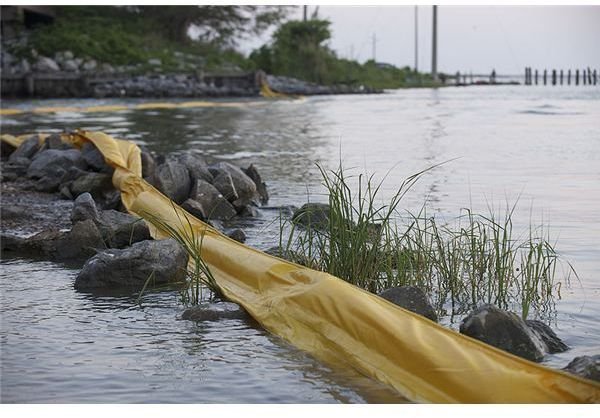
Hazardous wastes dumped in the open ocean have been known to have caused occupational injuries and caused skin infection among beach goers. The contaminated waters produced deformed and toxic marine life unfit for human consumption. It went on to cause food poisoning to humans, who were initially unaware of its toxic contamination. In other countries, toxic contamination of the ocean resulted in “fish kills”. The latter referred to thousands of dead fish mysteriously floating to the surface and then were washed ashore. Waste water run offs came from industrial businesses, mining sites and agricultural sectors as their hazardous waste flowed into creeks and rivers until it merged with the ocean. This caused high levels of acidification which affected the reef communities, as evidenced by the dwindling numbers of species and the bleaching of corals.
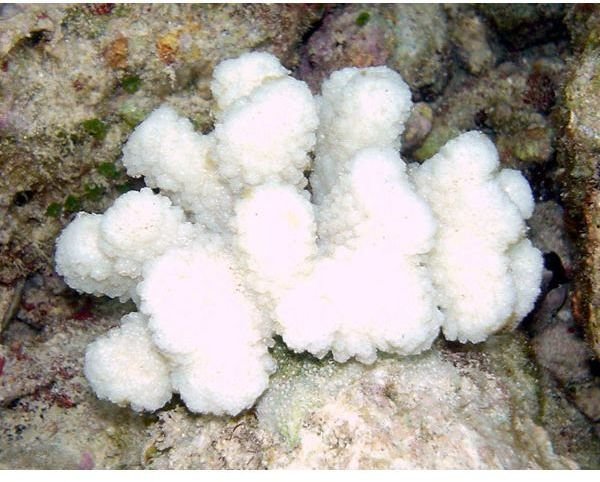
In fact, the EPA declared that 40% of the US nation’s waterways are overly polluted and not fit at all for swimming and fishing activities. Most diseases have been traced to contaminated drinking water that carried different types of viruses, parasites and bacteria.
Surface contamination on the other hand promoted algal growth resulting in a condition called eutrophication. This meant bodies of water, including slow-moving streams, received excessive amounts of harmful substances and nutrients that led to too much algal growth. This occurrence reduced the amount of dissolved oxygen in the water, a condition that has currently endangered marine life’s existence. Since the 1950s, one-fifth of the world’s coral reefs have disappeared. Due to the poor condition of the coral reefs’ ecosystem, the entire Coral Triangle of the Pacific Ocean is expected to vanish at the end of the century.
As an indirect consequence, acidified water precipitates into acid rain and falls back to the ground in the form of acid rain or snow. Countries and different European regions that receive great amounts of acid rain found most of their forests become sparse and dwindling, to the point where some of their forests have eventually died.
Please proceed to the next page to learn about the consequences of hazardous waste brought by incinerators and low-level waste burial grounds.
The Consequences of Hazardous Waste Being Burned by Incinerators and Factories
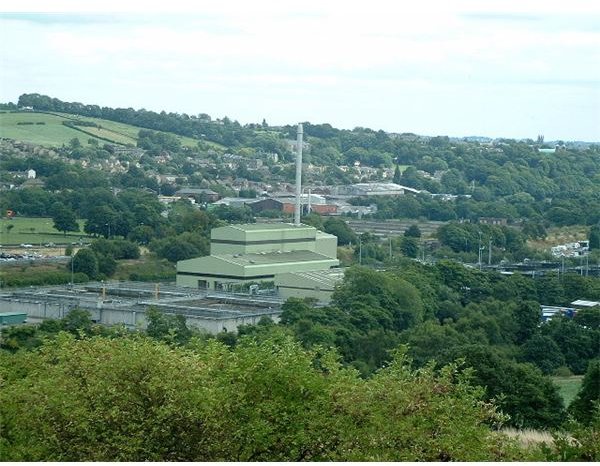
Smoke fumes coming from waste incineration facilities not properly outfitted with clean burning processes exudes smoke that adds to air pollution. Ashes float into the air carrying residues and particulate matter from heavy metals, dioxins, and other toxic gases. In fact, incinerators are still considered harmful despite claims for reductions in toxicity. Environmentalists still consider the amount of toxic gases that accumulate in the air to still be at harmful levels. Cancer, reproductive disorders, birth defects and neurological damages are only some of the health disorders linked to the communities living near areas where incinerator emissions have accumulated.
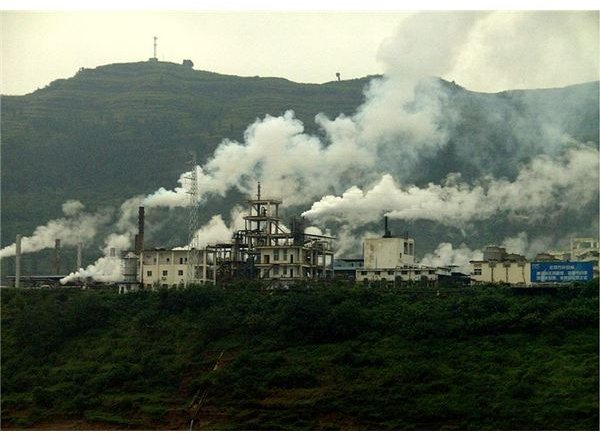
In China, smoke coming from factories and households that relied on coal burning as their supply of energy, had brought about a fog-filled atmosphere. The country was reported as having the highest mortality rate in the world for deaths linked to air pollution. Reports have it that respiratory illnesses have affected more than 20 million Chinese children. In the US, statistics show that there are 20 million Americans who have asthma, 70% are triggered by allergic reactions.
The most significant among all environmental problems caused by hazardous waste burning is the release of greenhouse gases included in emissions, since they add to the global warming problem.
What are the Cons of Hazardous Waste Being Underground?

In the US, radioactive elements were found buried in Pennsylvania, New Jersey and New York several decades ago, at a time when these areas were not yet used for residential purposes. Years later, toxic radon gases started emitting inside residential homes. Traces of groundwater contamination were likewise confirmed since the radioactive materials also leached while buried underground for several years. This was linked to the high incidence of lung cancer and asthma leading to death occurrences around the said locations.
The image you see on your left is an overview of “spent nuclear fuel”, the term used for the radioactive hazardous waste of nuclear reactors.
What are the US Regulatory Actions about the Cons of Hazardous Waste?
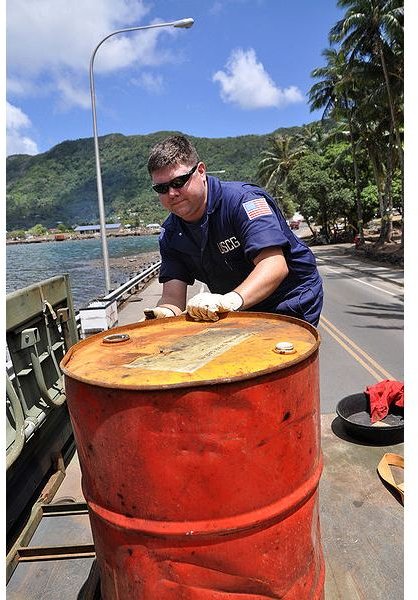
The EPA made revisions regarding rules in handling hazardous waste. Industrial sectors are now mandated to follow specific guidelines for waste management starting from waste generation to its transport, storage and final disposition. In fact, even the technical designs of equipment, storage container and disposal facilities now have stipulations to ensure that humans and wildlife, as well as the environment are protected from harm.
Below are some of the latest additions to EPA’s regulatory courses of action to address waste management. The EPA created agencies to take charge of implementing measures that can reverse some of the negative effects brought by the mishandled toxic waste:
- The US Department of Energy is said to be undertaking retrieval of radioactive wastes like plutonium, which were buried in low level grounds. The intentions for the retrieval operations are to treat said hazardous wastes and to accomplish all major clean-ups by 2012. To ensure safety among workers who are tasked to perform the retrieval and treatment, the handling of radioactive materials makes use of machinery to allow for remote handling.
- The Department of Toxic Substances Control is said to be taking on clean-up measures in California lands known as “Brownfield”, due to the high levels of toxic materials and harmful chemicals buried underground.
- The EPA has carried out its Underground Injection Control (UIC) Program to prevent groundwater contamination from injection wells. Some authorized injection wells were said to be constructed to dispel some of the waste fluids that have contaminated the groundwater supply. Injection wells for petroleum and natural gas storage, recovery of petroleum and mineral extraction, have been banned since 1985. Injection of hazardous wastes near aquifers that are known sources of drinking water were allowed before.
In spite of all these undertakings, recent reports have it that some companies still ignore what the possible cons of hazardous waste can do to the environment. The most recent to have been found guilty is Wal-Mart, who was ordered to pay the government of California $27.6 million dollars for illegally dumping fertilizers, pesticides, aerosols, paint and many other hazardous wastes, into California’s environment. Part of the settlement will be used to pay for the rehabilitation of California’s degraded waterways.
Reference Materials:
- https://www.ene.gov.on.ca/en/land/hazardouswaste/index.php#house
- https://www.thirdworldtraveler.com/Environment/ToxicWaste_NewWorldOrder.html
- https://www.ecy.wa.gov/programs/nwp/waste_management.htm
- https://www.epa.gov/nrmrl/pubs/625r00008/html/html/600R00008chap1.htm
- https://www.epa.gov/oecaerth/civil/rcra/rcraenfstatreq.html
- https://science.jrank.org/pages/3237/Hazardous-Wastes.html
- https://ecfr.gpoaccess.gov/cgi/t/text/text-idx?c=ecfr&sid=60db97220b851c5d08b43b1b445dee7f&rgn=div5&view=text&node=40:25.0.1.1.2&idno=40#40:25.0.1.1.2.4.1.1
Images courtesy of Wikimedia Commons
This post is part of the series: All About Hazardous Materials and the Environment
The public’s awareness about the hazardous materials being used in different industry sectors is important. Knowing the different types of hazardous substances and the cons of hazardous wastes will instill the need to take extra precautions in the handling and disposal of these materials.
